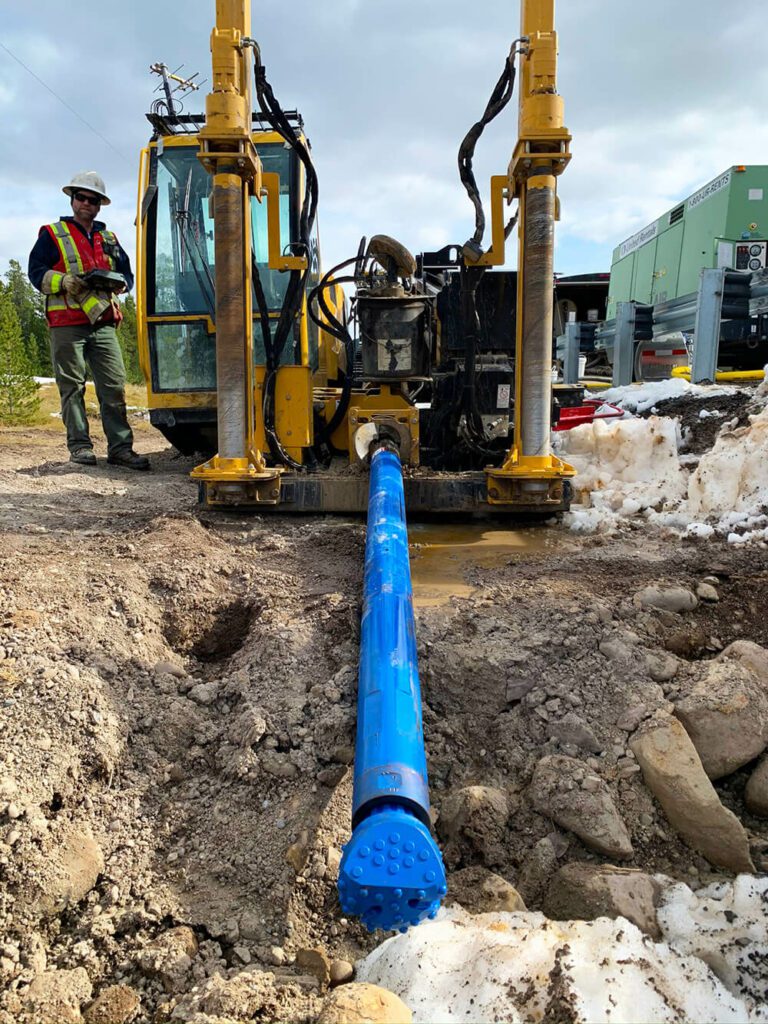Innovating Utility Setup: Lateral Directional Boring Explained
In today's fast-paced world, the need for effective and less disruptive utility installation techniques has never been more pressing. HDD, or Horizontal Directional Drilling, has come forth as a revolutionary method that enables the placement of underground utilities without the necessity of the need for large-scale trenching. This innovative method not only minimizes both surface disruption and project timelines but also offers an eco-friendly alternative to conventional installation methods. As urban areas grow and infrastructure needs increase, understanding HDD becomes crucial for engineers, builders, and municipalities alike.
This article explores the intricacies of Horizontal Directional Drilling, investigating how it works, its advantages, and its role in contemporary infrastructure projects. We will analyze the HDD process from start to finish, contrasting it with traditional trenching, and highlight its importance in critical areas such as cities and water crossings. Furthermore, readers will gain insights into the most recent developments, obstacles, and technological advancements shaping the future of HDD, making it clear why this method is poised to dominate in utility installation for the foreseeable future to come.
Comprehending Horizontal Directional Boring
Horizontal Directional Boring, commonly known as HDD, is a non-trenching method used for the placement of underground infrastructure. Horizontal Directional Drilling Arklow Ireland involves drilling a testing hole along a predetermined path and then enlarging that hole to fit the utility pipe. By using this method, HDD facilitates the placement of lines and cables without the need for substantial surface excavation, making it an innovative approach for utility placement.
The operation begins with the drilling rig set up the entry point, subsequently the drilling of a trial hole that is guided by a navigational system. As the pilot hole hits the desired depth and alignment, a reamer is then pulled back through the hole to create a broader bore for the utility line. This guided boring method not only lessens the amount of interference to the surrounding area but also provides a way to circumvent complex below-ground obstacles, such as boulders or prior utilities, which might obstruct traditional trenching methods.
HDD is notably beneficial in city areas where surface disturbance can create major troubles and hazardous issues. By employing this method, contractors can set up liquid, drainage, energy, and telecommunications lines with low influence on transport, landscaping, and current infrastructure. The expanding reliance on lateral directional boring reflects its versatility and productivity, rendering it an critical approach in modern utility deployment.
Advantages of HDD in Utility Installation
Horizontal Directional Drilling offers numerous advantages for utility installation that make it a preferred choice for many projects. One of the most significant advantages is its ability to install pipes and wires without the need for conventional trenching. This method minimizes surface interference, preserving the integrity of streets, scenery, and existing infrastructure. The reduced need for extensive digging not only accelerates the installation process but also allows for more efficient use of city areas, where older techniques may pose operational difficulties.
Moreover, Horizontal Directional Drilling is particularly beneficial in sensitive environments where environmental preservation is a priority. The directional drilling approach limits the impact on surrounding ecosystems, as it allows for the installation of services beneath streets, rivers, and other sensitive areas without significant interruption. This capability is crucial for projects that require adherence to eco-friendly standards and for those located near protected lands. By minimizing environmental impact, HDD helps maintain the natural harmony and reduces the overall footprint of construction activities.

In addition to its environmental benefits, HDD is also economically advantageous. The efficiency of the horizontal directional drilling process can lead to quicker completion times, as it requires fewer resources and reduced manpower compared to conventional approaches. This decrease in time and labor contributes directly to decreased expenses. Furthermore, the technology involved in horizontal directional drilling can adapt to different ground types and terrains, greatly enhancing its flexibility for utility installations across varied environments. By choosing horizontal directional drilling, project managers can achieve a more efficient and economical approach to utility deployment.
HDD's City Infrastructure
Horizontal Directional Drilling has significantly revolutionized the field of urban infrastructure projects. In the past, the installation of utilities like water, natural gas, and telecommunications required widespread excavation, affecting roads and neighborhoods. With HDD, contractors can install these systems with minimal interference on the surface, which is particularly advantageous in densely populated urban areas where ensuring traffic flow and accessibility is essential. This innovative technique allows for the installation of utilities beneath streets, paths, and other infrastructure without the requirement for extensive excavation.
Furthermore, the environmental benefits of HDD in city environments cannot be dismissed. By reducing the need for trenches, HDD lessens soil disturbance and effects on existing natural environments. This is particularly important in urban areas where parks and natural habitats are often limited. The technology also lowers the chance of erosion and silt movement, contributing to improved quality of water in surrounding areas. As cities continue to grow, the minimal impact nature of HDD makes it an desirable option for city planners aiming to reconcile infrastructure needs with sustainable practices.
Finally, HDD is key for future-proofing urban infrastructure. With the rising demand for fast internet access, smart city applications, and sustainable energy sources, the ability to deploy and enhance infrastructure without significant disruption becomes even more critical. As technology evolves, HDD is positioned to play a major role in accommodating the evolving needs of urban environments, guaranteeing that cities can enhance connectivity and sustainable development while minimizing the impact on daily life for residents and businesses.